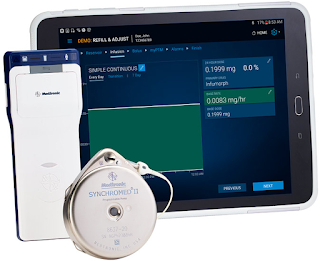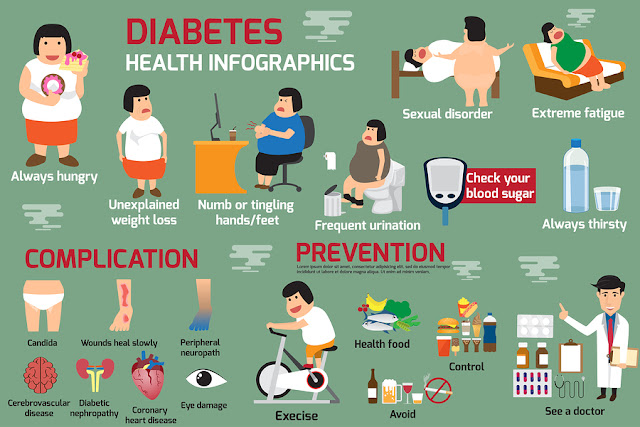Basic quizz
Q.1 Which Star is called Earth’s satellite?
Q.2 What is the Orbital period of Moon?

Answer:-1 Earth has many satellites orbiting it, but the only significant natural satellite that orbits the Earth is the moon. The Union of Concerned Scientists (UCS) maintains a listing of all man-made satellites orbiting the Earth, which includes more than 1,000 operating satellites.
Full Answer
More than 500 of these man-made satellites are operated by the United States, with more than 100 also coming from Russia and China. The UCS Satellite Database is a free and comprehensive database that allows people to find information about the various satellites including altitude and mission. Users are able to find answers to popular questions, such as the number of satellites a given country has in orbit and their specific usage.
The moon is Earth's only significant natural satellite, and it is believed to be approximately 4.5 billion years old. When seen from Earth, the moon's surface looks bright with darker patches. The lighter patches are rugged terrain and marked with circular meteorite impact craters called lunar highlands. These lunar highlands are made up of anorthosite and polymict breccia rock. The other darker regions areas of the moon are naturally smooth and contain lunar maria, which is a type of sea that does not contain water.
Answer:-2
The moon is the natural satellite of earth. The diameter of earth's moon is about 3,480 km (about 2,160 mi), or about one-fourth that of earth, and the moon's volume is about one-fiftieth that of earth. The mass of earth is 81 times greater than the mass of the moon. Compared to the earth, the average density of the moon is only three-fifths, and the gravitational pull at the lunar surface only one-sixth. The moon has no liquid water and essentially no atmosphere, so no weather exists to change its surface; yet it is not totally inert.
The moon moves about earth at an average distance of 384,403 km (238,857 mi), and at an average speed of 3,700 km/h (2,300 mph). It completes one revolution in an elliptical orbit about earth in 27 days 7 hours 43 minutes 11.5 seconds. For the moon to go from one phase to the next similar phase, or one lunar month, requires 29 days 12 hours 44 minutes 2.8 seconds. The moon rotates once on its axis in about the same period of time that elapses for its period of revolution. There are different types of periods. The synodic period is the interval for a planet or moon to return to the same position as seen from earth. Sidereal time is based on the apparent motion of the distant, "fixed" stars across the sky. It has various astronomical purposes, such as predicting locations of objects in outer space.
Q.2 What is the Orbital period of Moon?

Answer:-1 Earth has many satellites orbiting it, but the only significant natural satellite that orbits the Earth is the moon. The Union of Concerned Scientists (UCS) maintains a listing of all man-made satellites orbiting the Earth, which includes more than 1,000 operating satellites.
Full Answer
More than 500 of these man-made satellites are operated by the United States, with more than 100 also coming from Russia and China. The UCS Satellite Database is a free and comprehensive database that allows people to find information about the various satellites including altitude and mission. Users are able to find answers to popular questions, such as the number of satellites a given country has in orbit and their specific usage.
The moon is Earth's only significant natural satellite, and it is believed to be approximately 4.5 billion years old. When seen from Earth, the moon's surface looks bright with darker patches. The lighter patches are rugged terrain and marked with circular meteorite impact craters called lunar highlands. These lunar highlands are made up of anorthosite and polymict breccia rock. The other darker regions areas of the moon are naturally smooth and contain lunar maria, which is a type of sea that does not contain water.
Answer:-2
The moon is the natural satellite of earth. The diameter of earth's moon is about 3,480 km (about 2,160 mi), or about one-fourth that of earth, and the moon's volume is about one-fiftieth that of earth. The mass of earth is 81 times greater than the mass of the moon. Compared to the earth, the average density of the moon is only three-fifths, and the gravitational pull at the lunar surface only one-sixth. The moon has no liquid water and essentially no atmosphere, so no weather exists to change its surface; yet it is not totally inert.
The moon moves about earth at an average distance of 384,403 km (238,857 mi), and at an average speed of 3,700 km/h (2,300 mph). It completes one revolution in an elliptical orbit about earth in 27 days 7 hours 43 minutes 11.5 seconds. For the moon to go from one phase to the next similar phase, or one lunar month, requires 29 days 12 hours 44 minutes 2.8 seconds. The moon rotates once on its axis in about the same period of time that elapses for its period of revolution. There are different types of periods. The synodic period is the interval for a planet or moon to return to the same position as seen from earth. Sidereal time is based on the apparent motion of the distant, "fixed" stars across the sky. It has various astronomical purposes, such as predicting locations of objects in outer space.


Comments
Post a Comment